German Shepherd Training Tips: A Comprehensive Guide for 2025
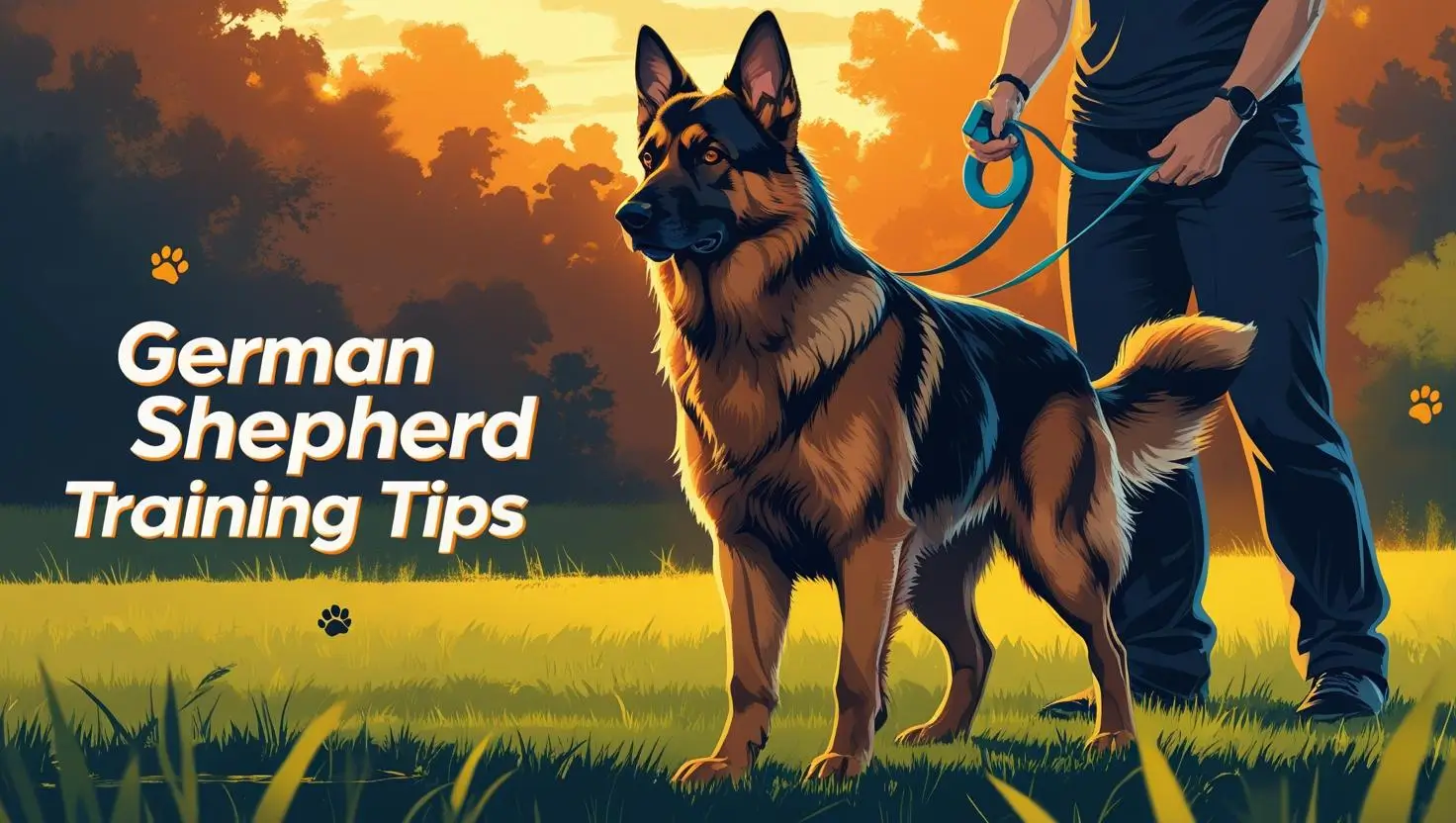
German Shepherd Training Tips That Actually Work
Imagine your German Shepherd responding to your every command with precision, walking calmly by your side, or guarding your home with confidence. German Shepherds are one of the most trainable breeds, thanks to their intelligence, loyalty, and work ethic. Whether you’re raising a rambunctious puppy or refining an adult’s skills, mastering German Shepherd training tips can transform your dog into a well-mannered companion. This guide covers everything from puppy basics to advanced techniques, common mistakes to avoid, and tools to make training easier. Packed with actionable advice, we’ll help you unlock your German Shepherd’s full potential while strengthening your bond.
Why Training Your German Shepherd Matters
German Shepherds are renowned for their intelligence and versatility, excelling as working dog breeds in roles like police, military, and search-and-rescue. However, their sharp minds and strong-willed temperament demand consistent training to thrive in a home environment.
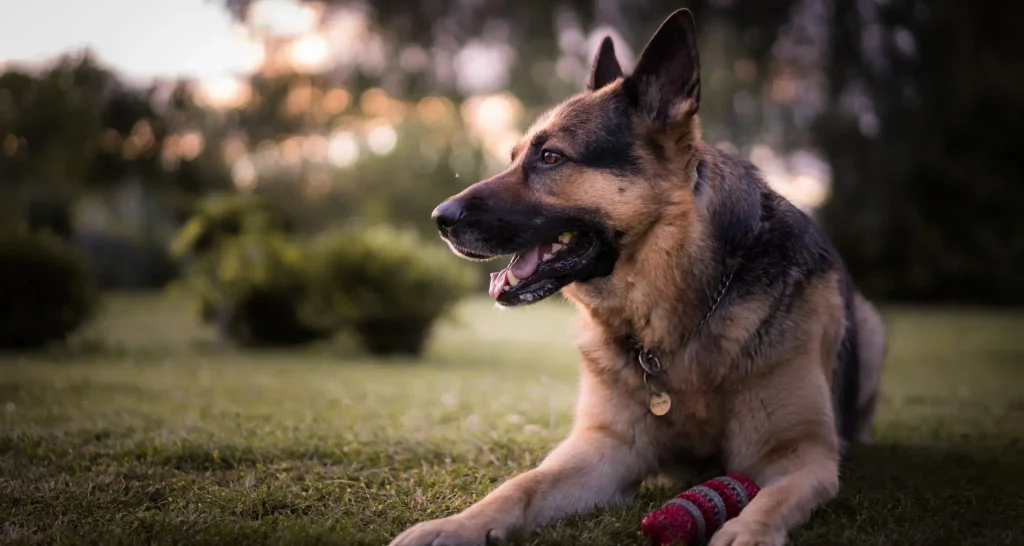
Temperament and Intelligence
German Shepherds are quick learners with a natural drive to please. Their German Shepherd behavior includes loyalty, protectiveness, and high energy, making them ideal for active owners. Without proper guidance, though, these traits can lead to challenges like overprotectiveness or destructive behavior.
7 Essential Training Tips for Adult German Shepherds
Below are 7 Essential Training Tips for Adult German Shepherds, each with a detailed explanation to help you effectively train your adult German Shepherd. These tips build on the outline provided and focus on reinforcing obedience, addressing behavioral challenges, and enhancing your dog’s skills, all while incorporating SEO-friendly terms like German Shepherd training tips, obedience training, and German Shepherd behavior.
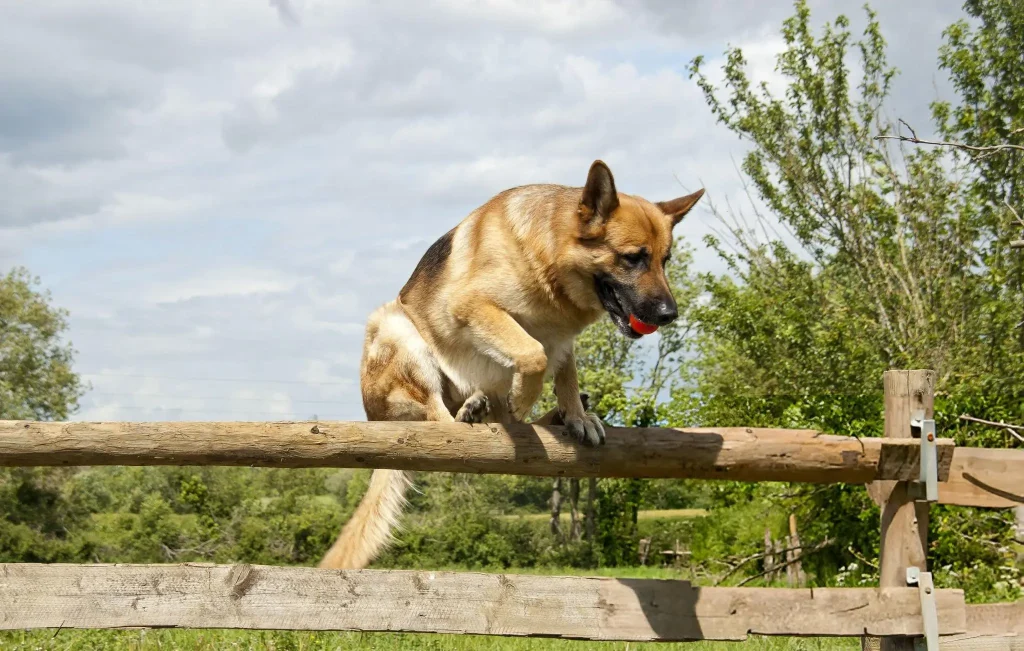
1. Reinforce Basic Commands Consistently
Adult German Shepherds thrive on structure, but even well-trained dogs can forget commands without regular practice. Reinforcing basic commands like sit, stay, come, and down ensures they remain reliable in various situations, such as at home or in public. Consistency prevents regression, especially during adolescence (6-18 months) when German Shepherds may test boundaries.
- How to Implement: Practice commands daily in short, 5-10 minute sessions. Use high-value treats (e.g., chicken or cheese) in distracting environments like parks to reinforce focus. Gradually reduce treats, transitioning to praise or play as rewards. For example, ask your dog to “sit” before meals or “stay” during door greetings to integrate training into daily life. This strengthens obedience training and curbs German Shepherd behavior issues like impulsivity.
2. Prioritize Socialization with People and Pets
German Shepherds are naturally protective, which can lead to wariness or aggression toward strangers or other animals if not properly socialized. Adult socialization builds confidence and reduces behavioral issues like barking or lunging. It’s critical for adult German Shepherds, especially those adopted later in life, to ensure they’re comfortable in diverse settings.
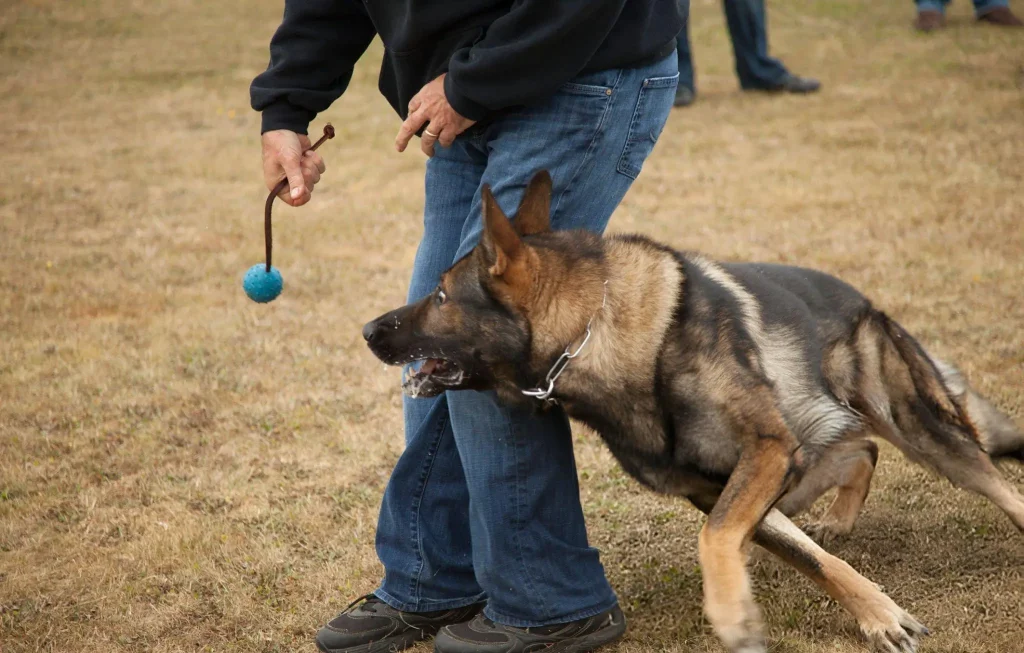
- How to Implement: Expose your dog to new people, pets, and environments gradually. Arrange controlled playdates with friendly dogs or visit dog-friendly cafes. Reward calm behavior with treats and praise. For example, if your German Shepherd remains relaxed when meeting a new person, reward with a treat and a cheerful “good!” Use desensitization for triggers (e.g., bicycles) by starting at a distance and rewarding calm responses. This fosters positive German Shepherd behavior in social settings.
3. Address Stubborn Behavior with Patience
Adult German Shepherds can display stubbornness, particularly during their adolescent phase or when distracted by high-energy environments. This breed’s intelligence means they may challenge commands if they sense inconsistency. Addressing stubbornness without frustration is key to maintaining trust and progress in German Shepherd training tips.
- How to Implement: Revisit commands in a low-distraction setting, like your living room, using a firm but calm tone. Avoid repeating commands multiple times; instead, wait for compliance and reward immediately. For example, if your dog ignores “come” at the park, use a long leash to gently guide them back while saying the command, then reward. Break complex tasks into smaller steps to build success. This approach prevents behavioral issues and reinforces obedience training.
4. Incorporate Mental Stimulation to Prevent Boredom
German Shepherds are highly intelligent working dog breeds that require mental challenges to stay engaged. Without sufficient stimulation, they may develop destructive behaviors like chewing or excessive barking. Mental exercises enhance focus and complement physical exercise, making training more effective.
- How to Implement: Use puzzle toys (e.g., KONG Classic stuffed with peanut butter) or scent games (hiding treats around the house) to engage their problem-solving skills. Teach new tricks, like “spin” or “roll over,” to keep sessions fun. For example, hide a toy and use the command “find it” to tap into their tracking instincts. Dedicate 10-15 minutes daily to mental activities to satisfy their need for stimulation and improve German Shepherd behavior.
5. Master Leash Manners for Controlled Walks
German Shepherds are strong and energetic, often pulling on the leash if not trained properly. Mastering leash manners ensures safe, enjoyable walks and prevents strain on you or your dog. It also prepares them for advanced skills like off-leash reliability, a hallmark of well-trained German Shepherds.
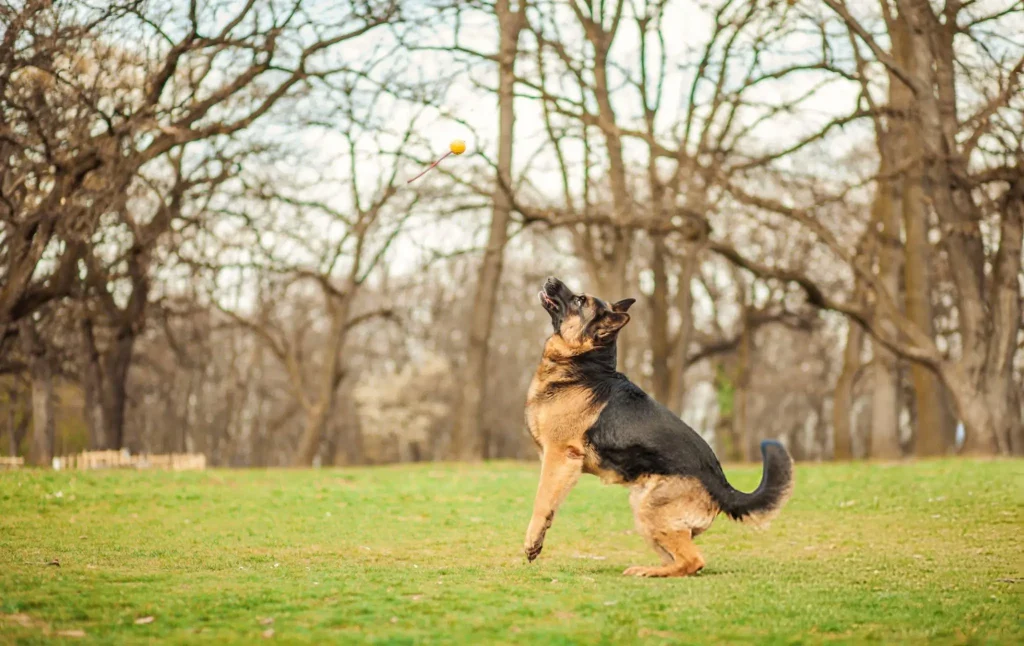
- How to Implement: Use a front-clip harness (e.g., PetSafe Easy Walk) to discourage pulling. Stop walking when your dog pulls, and resume only when the leash is loose, rewarding with treats or praise. Practice “heel” by keeping your dog at your side during walks, rewarding them for staying close. Gradually introduce distractions, like other dogs, to build reliability. Consistent leash training enhances obedience training and reduces behavioral issues on walks.
6. Use Positive Reinforcement for Motivation
German Shepherds respond best to positive reinforcement, which builds trust and encourages eager participation. Harsh methods or punishment can damage their confidence and lead to anxiety, undermining German Shepherd training tips. Rewards like treats, praise, or play make training enjoyable and effective.
- How to Implement: Reward desired behaviors immediately with high-value treats (e.g., Zuke’s Mini Naturals) or a favorite toy. For example, when teaching “down,” reward as soon as their belly touches the ground. Use a clicker to mark precise behaviors, followed by a reward. Pair rewards with enthusiastic praise like “good boy!” to reinforce emotional connection. This approach strengthens obedience training and fosters a positive German Shepherd behavior outlook.
7. Build Impulse Control to Manage High Energy
German Shepherds are high-energy dogs with strong instincts, which can lead to impulsive behaviors like jumping or chasing. Training impulse control helps them stay calm in exciting situations, improving safety and responsiveness. This is especially important for adult German Shepherds in busy households or public spaces.
- How to Implement: Practice exercises like “wait” at doors or “leave it” with food or toys. For example, place a treat on the floor, say “leave it,” and cover it with your hand if they try to grab it. Reward when they back off and wait patiently. Use “stay” during mealtimes, gradually increasing duration. These exercises teach self-control, reducing behavioral issues and enhancing obedience training for real-world scenarios.
Common Mistakes in German Shepherd Training (And How to Avoid Them)
Even well-meaning owners can make mistakes that hinder progress. Here’s how to avoid common pitfalls:
Inconsistency in Commands or Rules
Using different words (e.g., “down” vs. “off”) confuses your dog. Stick to one command per action and ensure all family members follow the same rules, like no couch access if it’s off-limits.
Negative Reinforcement or Punishment
Harsh methods like yelling or physical corrections damage trust and increase anxiety. Instead, redirect unwanted behaviors and reward good ones. For example, if your dog jumps on guests, teach them to sit for attention.
Overlooking Mental Stimulation Needs
German Shepherds crave mental challenges. Without enough stimulation, they may chew or bark excessively. Incorporate puzzle toys, scent games, or obedience training sessions to keep their minds sharp.
Advanced Training Techniques
Once your German Shepherd masters the basics, explore advanced training to tap into their potential.
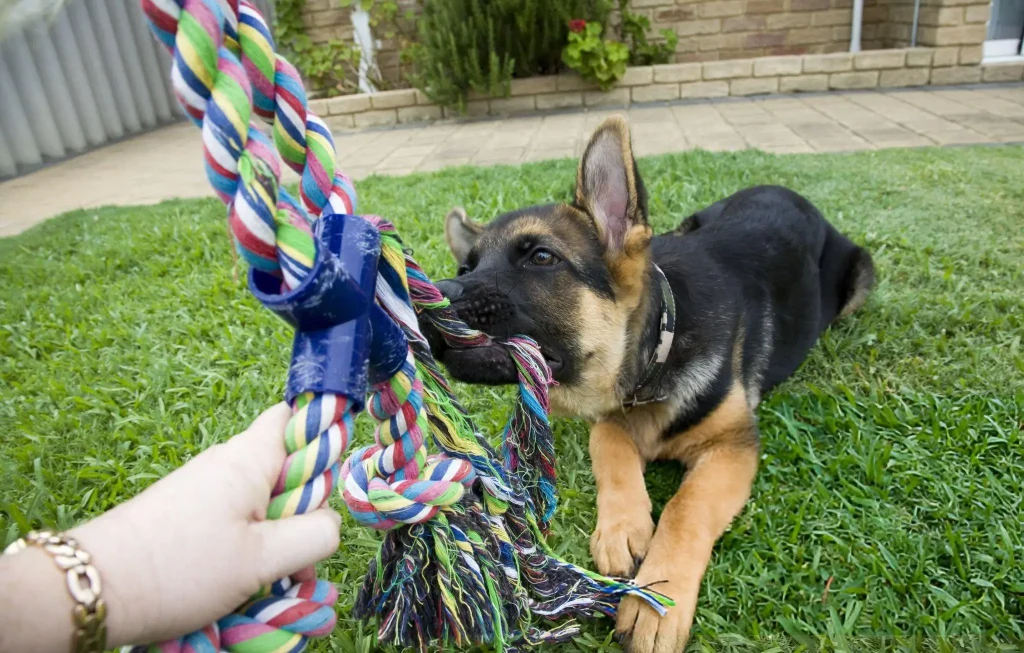
Leash Manners and Off-Leash Reliability
Guard Dog and Protection Training Basics
German Shepherds have natural guarding instincts. Teach controlled barking with commands like “speak” and “quiet.” For protection training, consult a professional to ensure safety and proper technique. Avoid encouraging aggression without expert guidance.
Agility and Scent Work
Daily Routine: How to Structure a Productive Training Day
A consistent routine balances exercise, training, and rest. Here’s a sample schedule:
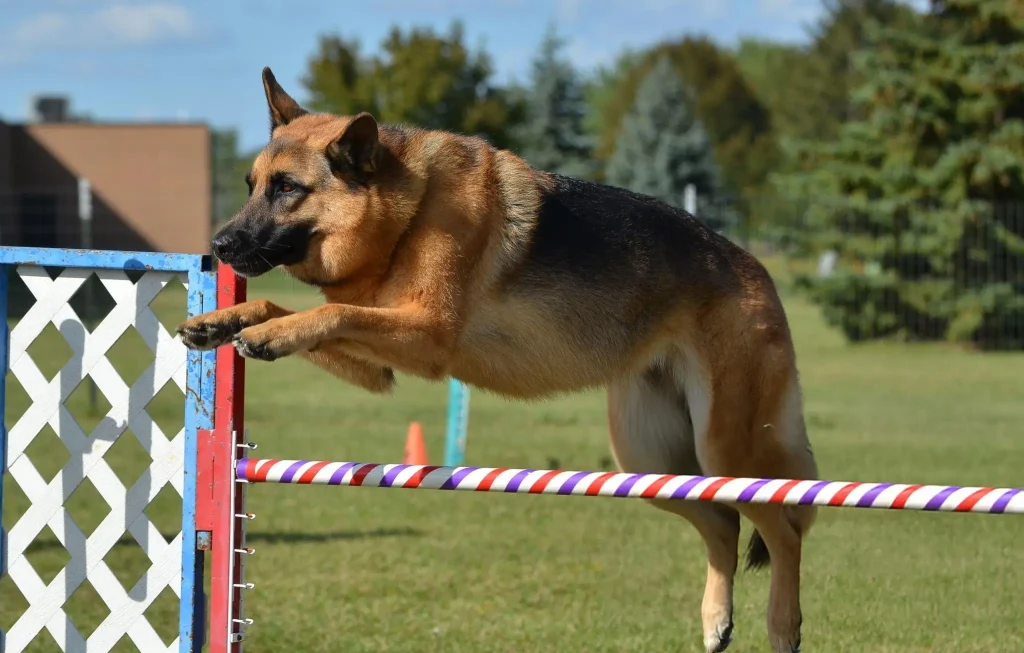
Puppy Schedule (8-16 Weeks)
Adult Schedule
Keep sessions short (10-15 minutes) to maintain focus. Combine physical exercise (1-2 hours daily) with mental challenges for a well-rounded day.
FAQs
Conclusion
Mastering German Shepherd training tips unlocks the incredible potential of this intelligent, loyal breed. From teaching basic commands to your puppy to exploring advanced training techniques like agility or scent work, consistency and patience are key. Avoid common mistakes like inconsistency or punishment, and use tools like harnesses, clickers, and interactive toys to make training fun. Structure a daily routine that balances exercise, mental stimulation, and rest to keep your German Shepherd happy and engaged. If challenges arise, don’t hesitate to consult a German Shepherd behavior specialist. Your dedication will build a strong bond and a well-mannered companion. Share your training stories or ask questions in the comments—we’d love to hear from you!






